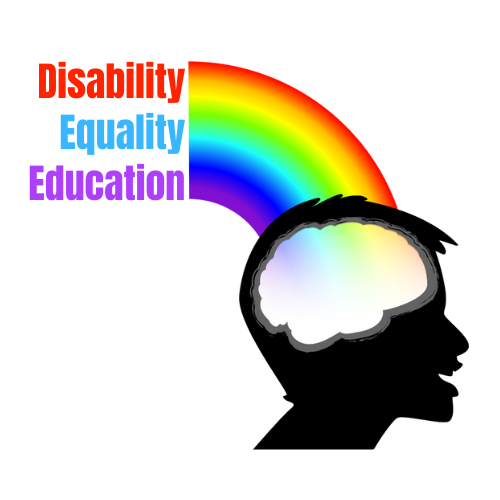Disability Portrayal in Books
You may come upon a book with a disabled character not listed on our site and wonder about the disability representation or be curious about how people with similar disabilities to those portrayed in the book feel about the way they are represented.
You may notice as you are paying more attention to how people with disabilities are portrayed in books, movies and television that often the character(s) with disabilities are shared with the audience from a perspective of an onlooker, a sibling, parent, friend, etc and that this perspective may or may not reflect the narrative or viewpoint that might be preferred by people with that disability.
We encourage you to ask yourself these questions and also to look for reviews from people with similar disabilities and/or the disability community in general and use what you learn to shape the conversation and decide if or how to use the book in your classroom and in your own life.
Some articles about this topic:
10 Quick Ways to Analyze Children’s Books for Ableism - Rethinking Schools
Disability – tropes in children’s picture books | Some thoughts for teachers - The Catchpoles
Five Common Harmful Representations of Disability - Mythcreants
Consider using these questions to broaden the messages that are received about books like these.
How do you think (name of character with disability) would have told this story in their own words (if it was told from an outside perspective)?
Do you think the story-teller was respectful/understanding?
How do you think (character) felt when that was said/done?
How was the character’s disability portrayed? (eg: medical, clinical, negative, positive, tragic, sentimental, normalized?)
If the book takes place in a different time period, consider what is the same and different with how disabled people are considered and what assistive devices/accommodations are different in the student’s current time and environment.
How were the disabled character’s assistive devices/accommodations portrayed?
How was the character with a disability portrayed? (Holistically or only about the disability?)
Here is a “Disability Representation Audit” to analyze your texts, classrooms, and schools.
There are a few websites that have some good reviews and /or lists that you may want to explore:
Disability in Kid Lit at: www.disabilityinkidlit.com for reviews of books that feature disability.
A source for books about neurodiversity is 100-ish Books on Autism and Neurodiversity – Not an Autism Mom.
